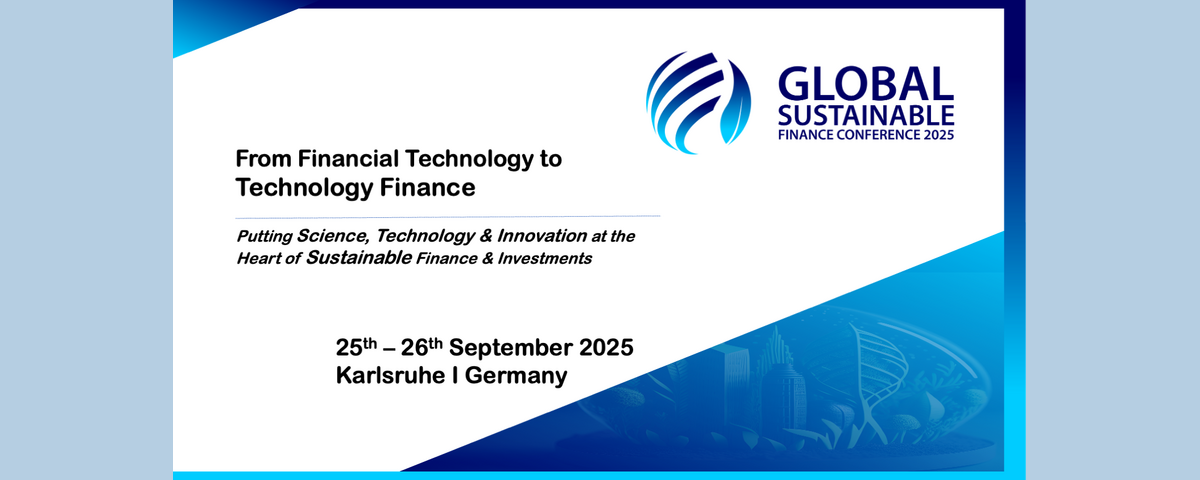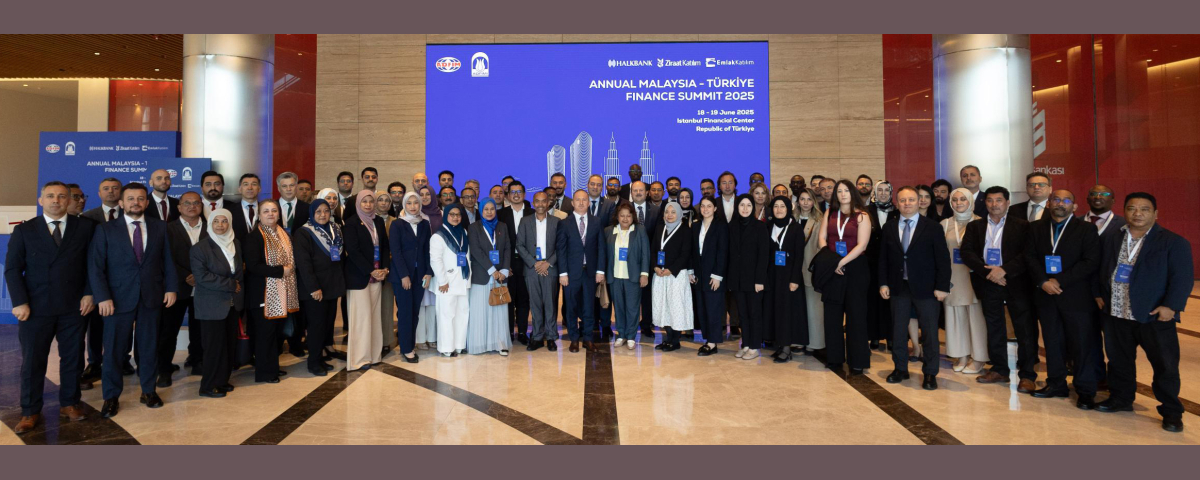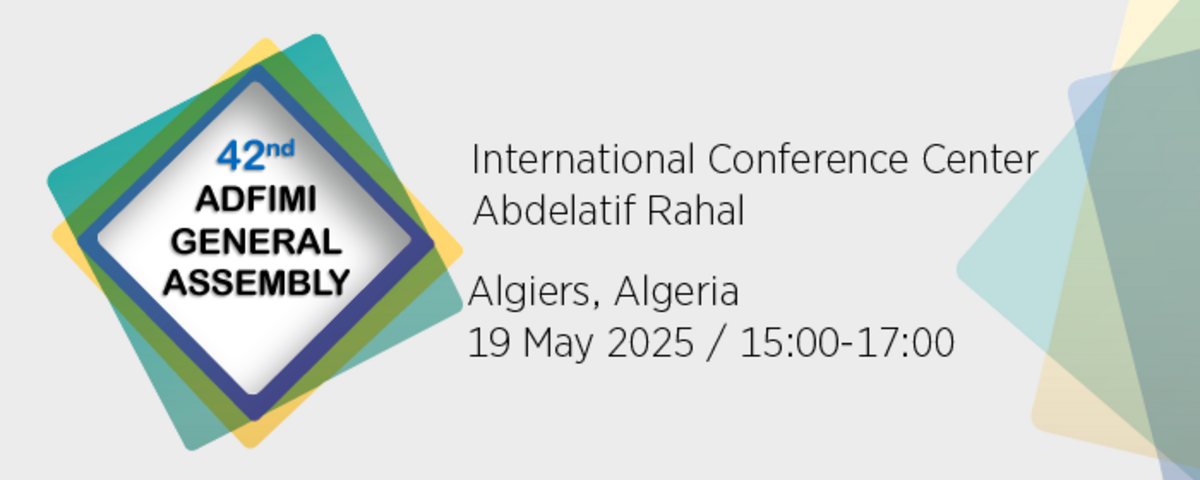MITIGATING RISKS IN ENERGY PROJECTS
By Imran Malik
President / CEO Karachi, Pakistan
Load-shedding is common these days, adversely affecting trade and industry and causing great inconvenience to the people, particularly students preparing for final examinations.
There may be some plausible reasons for this situation. However, it could possibly also be due to the discontinuation, now for over a decade, of concessionary risk mitigating financing by the government’s Private Sector Energy Development Fund (PSEDF) for addition of new power generation capacity through the private sector investment.
Looking at small capacity addition during these years and the increasing demand supply gap in power generation capacity, one can safely presume that due to non-availability of PSEDF funding a number of private sector investors could not have completed financing package or achieved financial close for implementation of their thermal, hydro or wind power plants.
In the absence of PSEDF risk mitigating finances, the commercial banks presumably were not fully comfortable to single-handedly finance many new power plants in a country with low credit rating.
Private sector infrastructure or power generation investments contain substantial risks because of large upfront capital outlays, long gestation period and longer payback periods influenced by government policy, laws and practices.
Because of such risks, the private sector may not normally invest for implementation of large infrastructure or power generation projects until the environment is made less risky by the public sector.
The government intervention for private sector risk mitigation is generally through public sector Development Finance Institutions (DFIs) that play a crucial role in providing higher risk longer maturity loans, with possibility of subordination, longer grace period, equity positions and partial credit risk guarantees. Through such measures the governments attract the private sector investments to undertake priority infrastructure projects.
The government realising that Wapda alone could not meet the increasing demand for electricity, formally decided in 1985 to induct the private sector to set up new power generation plants.
To attract private sector investment to new power generation capacity, the government in 1988 set up PSEDF, a sort of specialised DFI, the support and funding from the World Bank, the US AID and other foreign donors.
The government selected the National Development Finance Corporation (NDFC) to administer PSEDF through its specially created Private Energy Division (PED).
Competence-wise the officers and staff in PED/NDFC handling PESDF related functions had attained almost international level expertise. This was achieved through extensive on the job as well local and foreign formal training.
The services of foreign financial and technical experts were also available. PED processed a number of private sector new power generation projects including 1292 MW Hubco which were financed by PSEDF in early and mid- 1990s.
PSEDF also financed the pipeline for carrying furnace oil from Port Qasim to Hubco power plant at Lasbella, Balochistan However, with the utilisation of entire foreign funds, new funding was not allocated for PSEDF by the government.
In the absence of financing new power generation or energy related infrastructure projects, PSEDF/LTCF activities have been restricted to project monitoring and performing various other functions in compliance with agreed arrangements with various stakeholders. There could be various options for the revival of LTCF financing for new power generation capacity.
A preferred option in the present scenario could be that LTCF is made a joint-venture independent DFI specialising in the financing of energy and energy related infrastructure projects.
The National Bank of Pakistan (NBP), now administering LTCF assets of Rs40 billion on behalf of the government, may possibly play a big role in restructuring of LTCF. The stakeholders could become equity partners with the government and also replenish the foreign currency funds for financing.
The results of the Friends of Democratic Pakistan meeting held on April 17, 2009 are encouraging and the country should be able to revive LTCF as a strong and well-capitalised energy DFI.
Moreover, once LTCF financing is revived, it could start mobilising local savings and using these resources for funding part of the local currency cost of new power projects.
The government in 2003 established the Alternate Energy Development Board (AEDB), somewhat on the lines of PPIB, to promote renewable energy projects.AEDB has reportedly issued a number of land leases/letters of intent (LoOIs) to local and foreign private investors.
Except one wind power plant sponsored by Zorlu Enerji Group of Turkey, the rest are presumably still in the process of completing the financing package.
Phase one of the Zorlu Wind Energy project, comprising wind power machines capable of generating 6MW at Jhimpir has been inaugurated by the Prime Minister on April 19, 2009. In all, the Zorlu project is of 50MW capacity and more wind power machines are expected to be added in due course.
LTCF has about 18 year head start over the Infrastructure Project Development Facility (IPDF) and the Infrastructure Project Finance Facility (IPFF) established by the government in 2006.
ADB has been providing Technical Assistance (TA) to develop policies, procedures, contract arrangements, regulatory functions, etc and to establish these institutions for promotion and implementation of infrastructure projects on public-private partnership (PPP) basis.
It may take a year or two before IPDF and IPFF become fully functional. The demand for power generation and municipal infrastructure is so large that LTCF and IPDF/IPFF combined would not be able to fulfill it in the coming decades.
These institutions should continue risk mitigating concessionary financing- LTCF exclusively for energy and energy related infrastructure projects and IPDF / IPFF for municipal infrastructure projects- for welfare of the people of this country.
(The writer is President/CEO of First Credit and Investment Bank Limited. The article represents his personal views).


.jpg?id=4_638)



